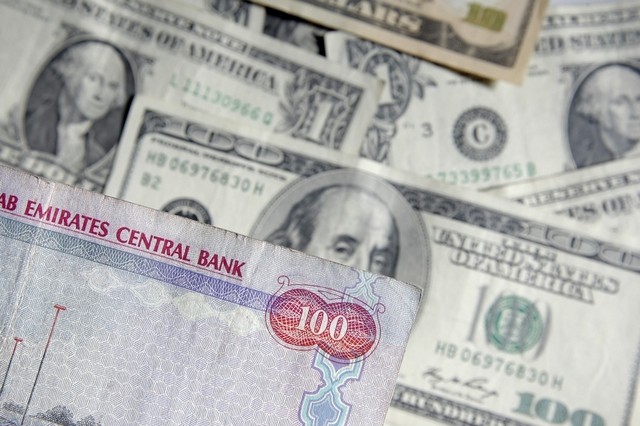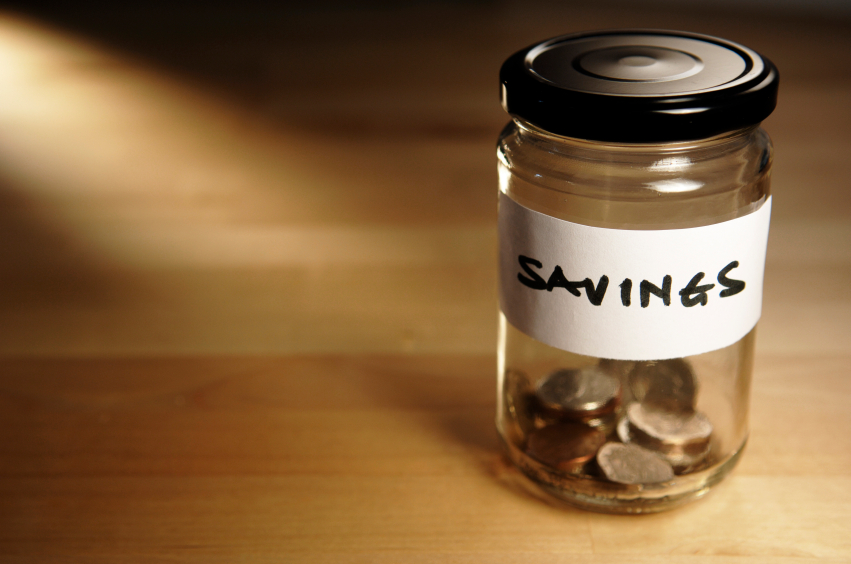Understand how currency trading benefits marketers and perhaps you
Foreign markets have long understood the value in catering their services and products to another country which pays better. Labor has been outsourced to countries which have lower rates for manufacturing goods (Such as China or Indian manufacturers), and then selling them to countries which have the highest yield on the dollar. Understand that the money is all a game of trading. It is shifting one asset to another assets, one location to another location, in order to make the most out of it. The most common way of gaining quick capital is to do it with foreign commerce.
What does it mean when someone says the Exchange Rate?
Exchange rates are the rates which are established between countries as to the worth of currency. For example: 1 USD is 3.67 AED. 1 Euro is equal to 4.07 AED. However, 1 AED is equal to 33.85 Yen or 17.82 rupees. Keep in mind that these markets do fluctuate and that as stocks either increase or decrease in a particular country, that the exchange rate will either go up or down dependent upon that.
What does this mean for my finances?
There are many ways in which foreign investments, trade, commerce, exchange rates, and such play into your finances. This blog cannot explain it all in one post. However, there are two areas which should be of interest to you. The first is in production costs and the second is in the buyer’s costs. Here is how each benefits works:
Production Costs as it relates to Foreign exchange rates – Marketers and pretty much everyone that manufactures a product on a large scale does so in countries where the exchange rate is low. For example: If it cost 45 AED a day in labor to produce a product that can be produced for 200 YEN, then the company will use the YEN based country as it will only cost them about 7 AED to do so. Of course, each country has its own labor laws and minimum wages, but this is the basic principal of outsourcing or production cost management.
Buyer Exchange Rates as it relates to my finances – When selling a product or service, marketers look for the highest yield on their investment. This means that they will not only use the lower production costs but then they will take that product and sell it to the country with the highest rate of exchange. For example: If a product costs 20 AED and a market wants to get more profit, they offer it to those that pay in Euros for the “same price” of 20 Euros. In reality, the product has seen a 400% markup as 1 AED = 4 EURO. The marketer makes 60 AED on their item.
How can this system work for you?
As stated, there are several ways in which the exchange rate of currency can be used. However, you should keep in mind that you cannot launder money through foreign countries to get a higher yield. Neither can you hide your assets in another country to keep from paying taxes on them. But you can offer your services/products in a country or in a country’s currency and reap the financial benefits. The most common ways in which to do this are:
- Have a freelance site which targets markets (clients) in high yield countries such as America and the UK.
- Have an ecommerce site that does NOT convert the asked price to the exchange rate price but offers only fixed rate prices for products.
What you should know
Many countries have stipulations as to the amount of money you can legally earn in that country before having to pay taxes to both that country and your country.
Products which are made in certain countries should be examined for quality. Check the labels of your products to see if the product is made in that country or just distributed and sold in that country. You may be surprised on what is being outsourced and marked up.
To save on your financial spending and savings, shop from people locally. You will get a better product, support the local economy, and ensure that you do not pay a tremendous markup on the product. For example: Most produce is marked up at minimum 70% when it is transported. This is to accommodate for the bruised and unsellable product. However, if you buy locally you get it from a farmer and the markup is generally less than 40%.
Exchange rates are a part of the financial marketing system. It is unavoidable. Understanding how the market works and areas in which you can utilize the exchange rates to your advantage will build your finances and make money work for you not you for money.
~ Sondos Shapsogh

